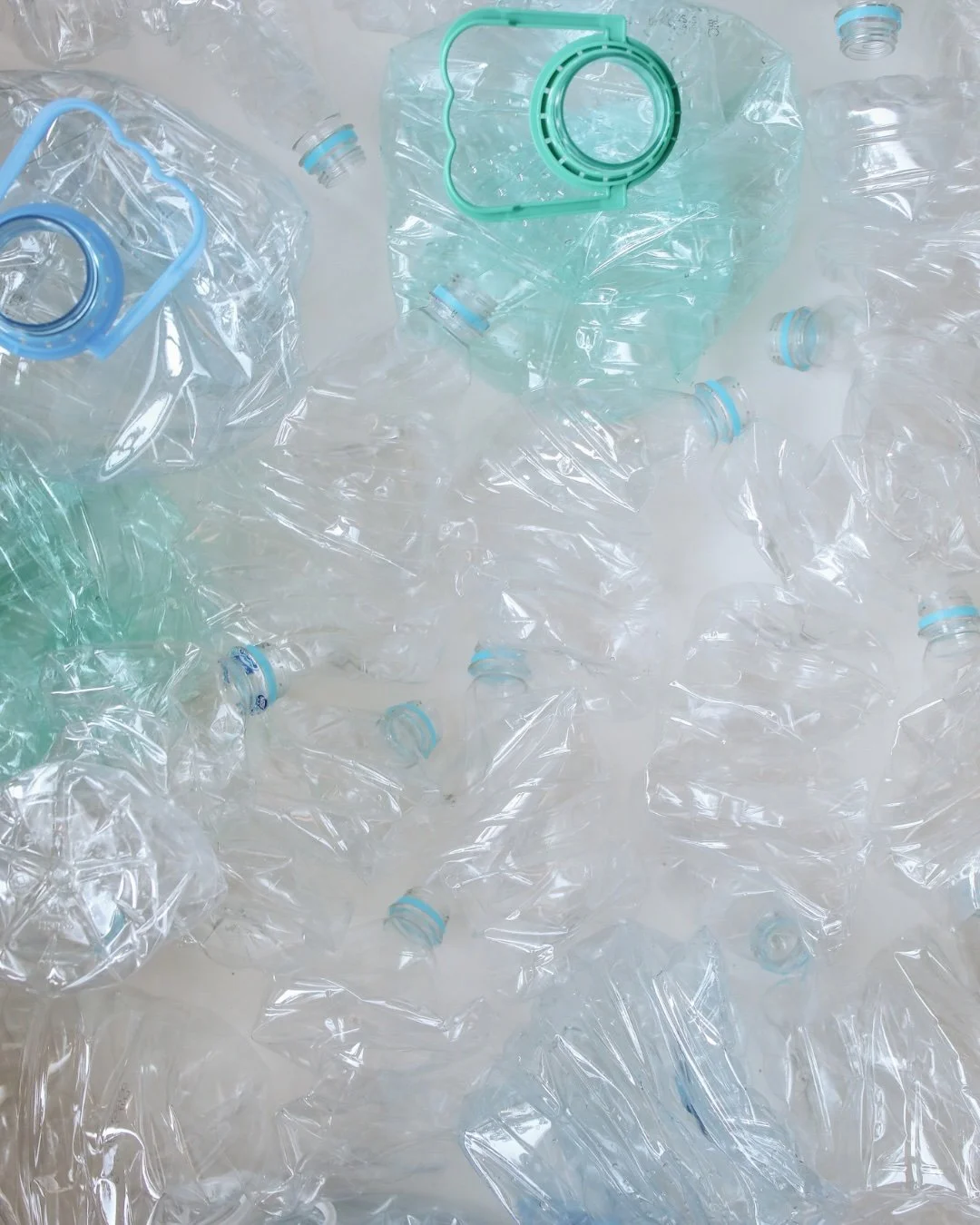Is fashion made from recycled plastic bottles a good thing?
If you're designing with sustainability in mind, you've probably encountered recycled polyester. What most people don't realize is the majority of recycled polyester is not made from old fabric or garments, it is made from plastic bottles which are melted down into fibers known as PET. While it sounds like a win-win by giving bottles a second life and reducing new petroleum-based fabric production, the reality is more complicated.
The Problems with Bottle-to-Fabric Recycling
It breaks a circular system. Plastic bottles can be recycled into new bottles repeatedly, but once those bottles become fabric, they're nearly impossible to recycle. The garment becomes a dead end.
It creates more plastic demand. Taking bottles away from the beverage industry to use for fashion can create shortages that push beverage companies to create more new plastic.
Textile recycling barely exists. Even with emerging mechanical and chemical recycling technologies, only 1% of textiles actually get recycled. This is partially because garments are made from a complicated mix of materials including blended fibers, elastics, yarns, metal zippers, and plastic buttons making recycling difficult and expensive.
More microplastic pollution. Every time garments made from recycled polyester are washed, they shed the same microplastics into our waterways as virgin polyester.
What are the better options?
Natural Fibers: Cotton, wool, linen, and hemp are all biodegradable and can return to the earth at the end of their life. While these materials also impact the environment, by choose organic or certified options you can lessen their impact.
Sustainable Cellulose: Lyocell (Tencel™) and modal are made from sustainably sourced wood pulp using closed-loop processes that recycle water and solvents. They're biodegradable and far more environmentally friendly than conventional viscose or rayon.
Econyl: This regenerated nylon is made from nylon waste such as discarded fishing nets. Unlike bottle-to-fabric recycling, Econyl can be recycled repeatedly without loss of quality, although it still will release some microplastics.
Upcycling: Some of the best creativity in the industry now is from designers who are making new fashion from existing garments. Denim is one great choice as thrift stores are full of jeans and the possibilities are endless.
The Bottom Line
While recycled polyester is still better than creating new polyester or synthetics, it isn't the sustainable solution it appears to be.
The best approach is to design with end-of-life in mind, choose circular materials, and create less but better products your customers will cherish for a very long time.
